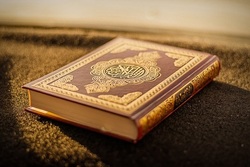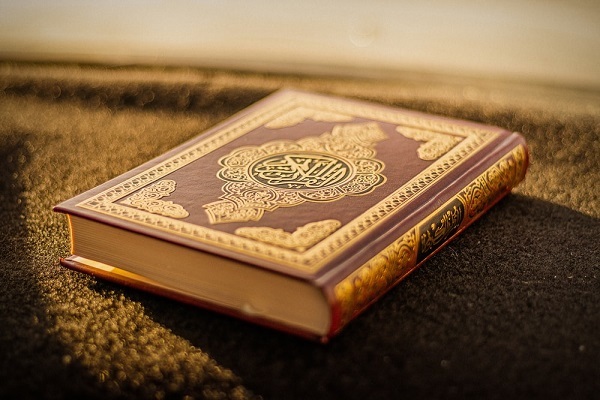Attention to Rhythm and Aesthetics in Quran Translation in Balkans


It has moved forward from a time when scholars in the region rendered interpretational translations to recent years in which they have been taking into account linguistic aesthetics in translation.
This helps the reader to both enjoy the beauties of the text of the Holy Book and the linguistic aesthetic beauty.
After a rise in translation of the Quran in the world, scholars in the Balkan region, including in Bosnia and Herzegovina, Albania and Kosovo, also got interested in working in the field. For example, two Muslim scholars in Kosovo named Sherif Ahmeti and Hasan Nahi translated the Quran and published their rendering in 1988.
After them more Quran translations were published and the number reached 12.
The newer generation translators who had skills in different linguistic, literary, legal, philosophical and aesthetic fields, benefited from their skills in doing the renderings.
The early translations of the Quran from Arabic in the Balkans were usual and, as it is called by religious scholars, interpretational translations, in which the only concern of the translator was to convey the meanings and concepts of the verses and they did not pay attention to the aesthetic aspects of the target language.
Attention to aesthetic aspects only began in recent years, starting with Esad Durakovic who was an academic figure and had been active in the field of translating Arabic literature’s masterpieces in Bosnia for years.
In 2004, he published the “Holy Quran with Bosnian Translation”, which is a good rendering of the Holy Book. He spent years in translating the Quran and his aim was helping the reader enjoy reading the Quran’s translation in his native language.
Kosovar Faqih and diplomat Fatmir Osmania also experienced this style. Osmani who had spent ten years working at Kosovo’s embassy in London, learned about the works of Muhammad Marmaduke Pickthall, one of the first translators of Quran into English, and decided to translate Pickthall’s rendering which had been approved by Al-Azhar, into Albanian. It was the 12th translation of the Quran in Albanian and it includes the rhythm available in Albanian literature.
Osmani says the aim was to translate the Quran using a few conjunctions in order for it to have rhythm and be easier to read and commit to memory.
While most Muslim scholars accepted it and called for a ceremony to launch the translation, some opposed it, saying there had been no need to translate the Quran from English rather than from the original Arabic.
One of the scholars who approved of Osmani’s translation was Shamsi Ivazi, a prominent scholar in Islamic and Arabic sciences and translator of works from Arabic to Albanian who believes that previous Quran translations in Albanian only focused on meanings but Fatmir Osmani has relied on a text approved by Al-Azhar and tried to make efforts to offer a rendering that makes the Albanian reader feel he is reading a text that has benefited from his country’s literary heritage.


